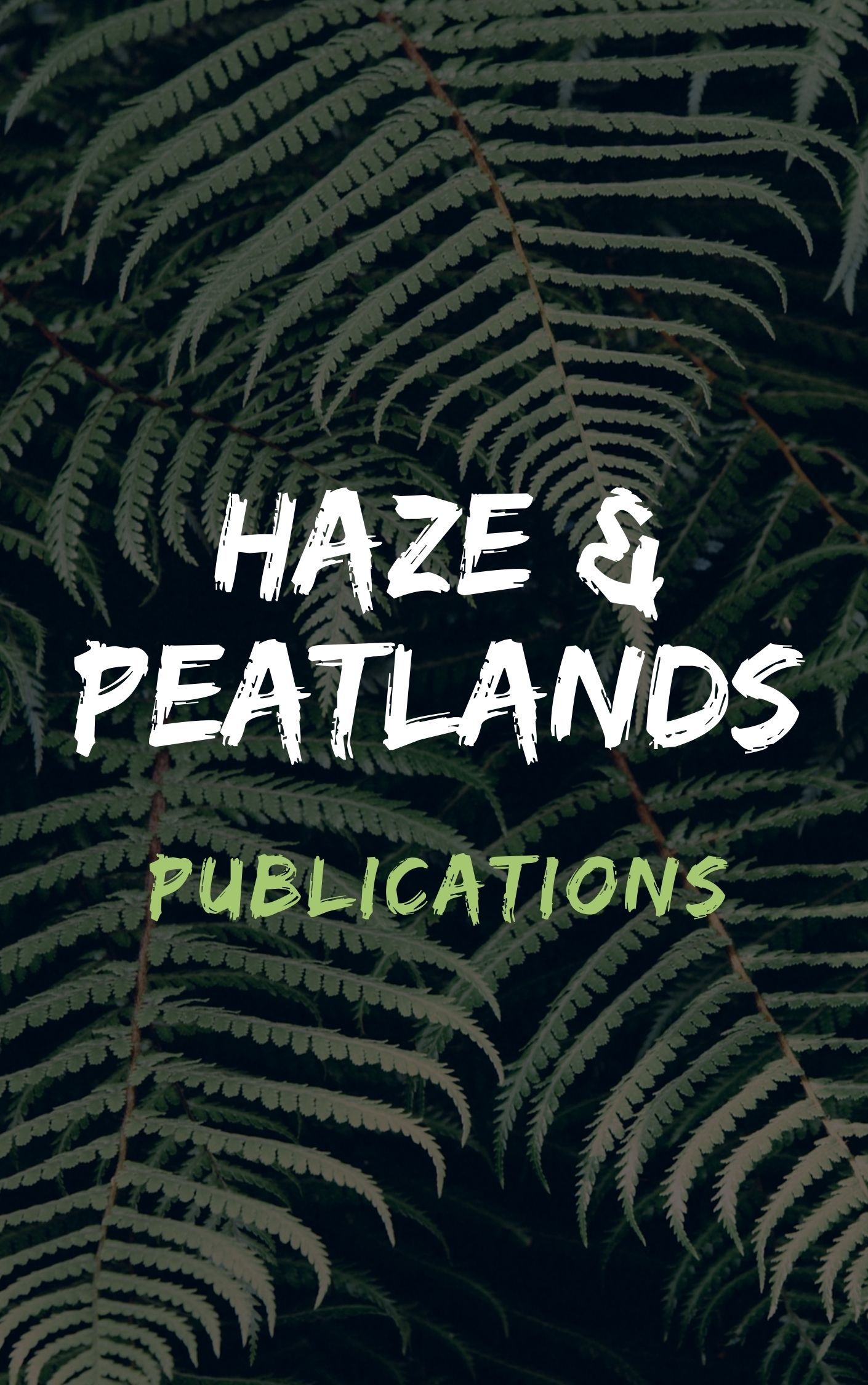Biomass burning contributes to various organic substances in the atmosphere. Levoglucosan has been recognised as one of the indicators of biomass burning and surfactants are a group of molecules which can be distributed through biomass burning. This research aims to determine the composition of levoglucosan and surfactants in agricultural areas and the several tropical plant species which can contribute to a high amount of levoglucosan and surfactants in the atmosphere. Suspended particulate matter in the atmosphere (fine and coarse mode) was collected in the agricultural areas (paddy fields) during the dry season and compared to samples collected at the Universiti Kebangsaan Malaysia (UKM), Bangi. The soot samples were prepared through the burning of several tropical plant species, namely: Oryza sativa, Rhizophora spp., Elaeis guineensis and Saccharum officinarum at 300°C in a furnace. This allowed for the levels of levoglucosan and surfactants such as MBAS and DBAS to be determined using the colorimetric method. Oxidation and UV radiation were also used to examine the impact of photo-oxidation on the concentration of levoglucosan and surfactants in soot. The results showed that the concentration of levoglucosan in the agricultural areas during harvesting season is significantly higher compared to the levoglucosan recorded at UKM Bangi (semi-urban areas). The concentration of surfactants is dominated by anionic surfactants, particularly in fine mode aerosols. Soot from leaves was found to contribute a high amount of levoglucosan when compared to wood and straw. There are indications that biomass burning can contribute to a large quantity of polar group molecules which behave like anionic surfactants and correlate to the amount of surfactants. © Taiwan Association for Aerosol Research.
View source

